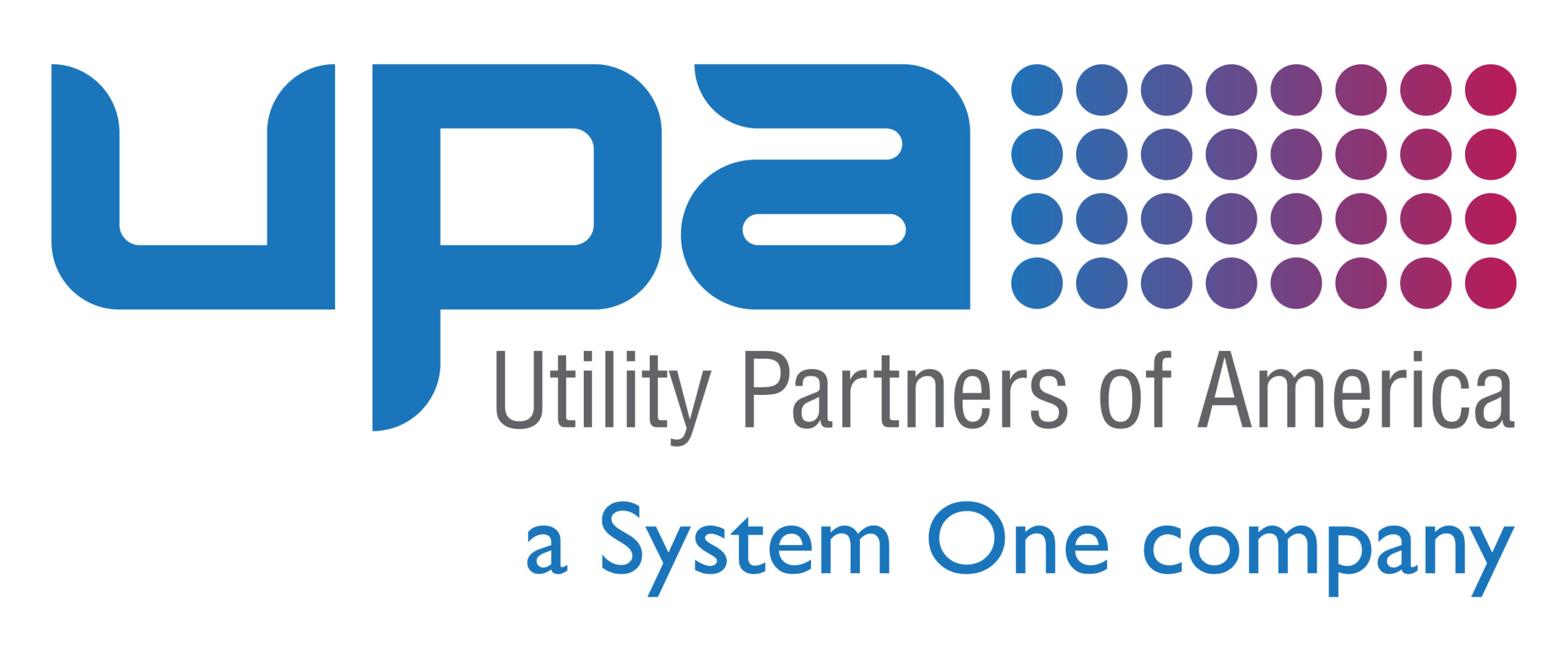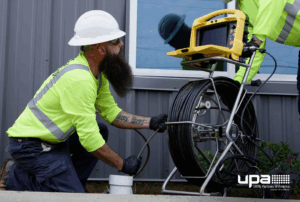Whether we’re talking about sailors in the 1800s or road trippers in 2021, maps are crucial for helping to find your destination. While we typically think of maps in terms of covering physical distance, a “map” can come in any form. So long as it helps to guide a journey. For utility companies, maps are often project plans. So are key performance indicators (KPIs) that help to track that initiative’s progress.
Not all KPIs are equally useful; there are some rules to follow to ensure that your utility measures the right things and asks the right questions. Here’s a quick look at what to remember as you create KPIs with your project management.
Project management KPIs must be specific
Ambiguity is the enemy of a well-crafted KPI. Instead of leaving your KPI loose or vague, you must use language that is specific in nature. To know if your KPI is specific enough, ask multiple people outside of other departments to read it. If they can understand the problem and what you hope to achieve, that’s a good sign.
Related: Scope of Work Contract: How to Create One
Project management KPIs must be measurable
The goal with every project should be to do something better, but simply stating such is hardly a measurable KPI. Instead of drafting a qualitative KPI like “reduce the average cost of producing energy” to something more quantitative like “through the use of new technology developed by internal engineers, reduce the average cost per megawatt produced by 5% by the end of the fiscal year.” By linking these KPIs to metrics that can be analyzed and related to real dollars, hours, or units of measurement, you’re more likely to be able to gauge the success of the project.
Related: Project Management: Keeping it Simple
Project management KPIs must be achievable
It’s great to dream big, but pie-in-the-sky illusions about performance aren’t helpful to attaining real-world goals. It’s best to create goals that are challenging enough to effect change and that tap into the abilities of your team. Reaching goals like these increases morale and can encourage a culture of innovation. Achievable KPIs are those that would indicate improvement but wouldn’t require a historic or record change to get there.
Related: First-Time Fix Rate Should Be a First-Priority KPI
Project management KPIs must be relevant
One of the best things about project plans is that they are uniquely tied to each respective project. They’re more focused than ongoing company goals with a broad scope. Develop KPIs for the individual components of the project at hand. For example, suppose you have a plan in place to improve customer service ratings among your technician ranks. In that case, the KPI should specifically mention those employees and the surveys you intend to use for measurement.
Related: Win in Procurement Management
Related: Five Tips to Avoid Budget-Busting Scope Creep
Project management KPIs must be timely
It doesn’t have to be by tomorrow or next week, but all KPIs should have a time frame in which the goal must be accomplished. Remember the example we used above about reducing the cost per megawatt? In that case, the time frame was completed by the end of the fiscal year. Your KPIs should be an appropriate mix of both short- and long-term time frames so that your teams always have something to focus on.
Related: The Importance Of A Project Plan
“SMART” KPIs are the most effective
If you read the headers for our KPI tips above, you may have noticed that the first letter of the words “specific, measurable, achievable, relevant, and timely” spell out SMART. That’s because KPIs that meet these requirements are called “SMART” KPIs, and they are the gold standard for KPI development.
Related: Smart Cities: Tomorrow’s Technology Today
If you’re hoping to improve performance within your utility but need some assistance in drafting SMART KPIs that apply to you, Utility Partners of America (UPA) can help. We’ve been helping utility companies enhance, streamline and fine-tune their operations for more than 20 years. Contact us today to see what we can do for you.




